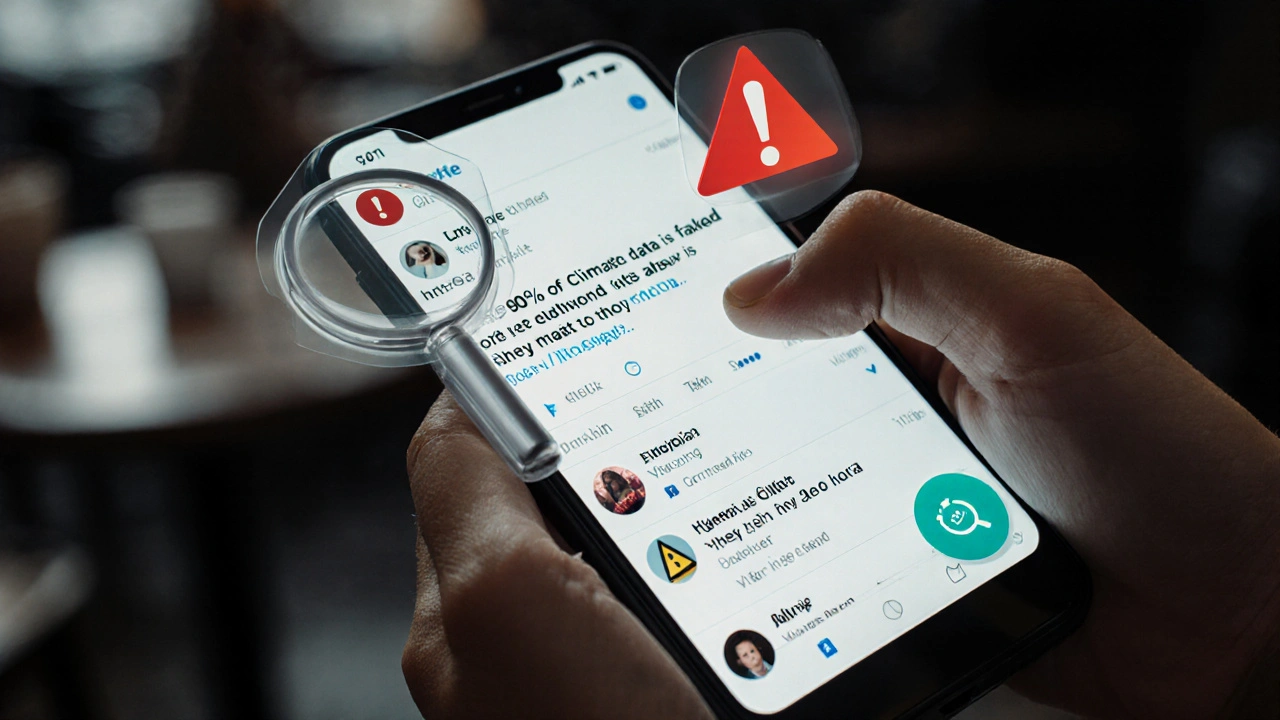Propaganda Detection: How to Spot It Without Getting Tricked
Did you know persuasive messaging spreads faster than facts? That’s the point of propaganda: move feelings first, facts later. If you want to stop being the vector, learn a few fast checks you can do before liking, retweeting, or forwarding.
Quick checklist you can use in 60 seconds
1) Check the source. Who published this? Trusted news sites, official organizations, or unknown blogs that look slick but lack author names are different animals. If you can’t find an author or credible publisher, be skeptical.
2) Read past the headline. Headlines are made to trigger. Open the article and look for evidence—dates, quotes, links to official docs. If it’s all opinion or unnamed claims, treat it like opinion, not fact.
3) Watch the language. Propaganda leans on emotionally loaded words, absolute claims, and simple villains. Phrases like "they want to" or "everyone knows" are red flags. Neutral reporting uses measured language and sources.
4) Spot cherry-picked facts. Does the piece highlight one stat while ignoring context? Check whether the claim matches the source it cites. Numbers without citations are suspect.
5) Check images and videos. Reverse image search (Google Images or TinEye) often reveals recycled photos used out of context. Short videos may be edited; look for original uploads or longer footage.
Tools and what to do next
Use quick tools: Google Fact Check, Snopes, PolitiFact, and full-image searches. A WHOIS lookup tells you when a domain was registered—new domains often pump out propaganda. Browser extensions can flag low-credibility sites, but don’t rely on them alone.
If you find propaganda, pause. Don’t share. Save a screenshot and the URL. If you’re in a conversation, ask simple questions: "Where’s the source?" or "Can you show the original data?" People often accept doubt faster than a lecture.
Want to reduce how propaganda affects you? Build a small habit: follow three diverse, reputable outlets; subscribe to one fact-check feed; and take five seconds before sharing anything that stokes strong emotion. That tiny delay stops a lot of falsehoods.
Finally, remember how social systems work: repetition makes lies feel true. If a claim keeps showing up, that’s not proof—it’s a tactic. Use the checks above each time you see it. Over time you’ll spot patterns rather than panic over every viral post.
Use these steps on comments, images, memes, and articles. They’re simple, practical, and fast. Start using them today and you’ll stop amplifying propaganda by accident.



